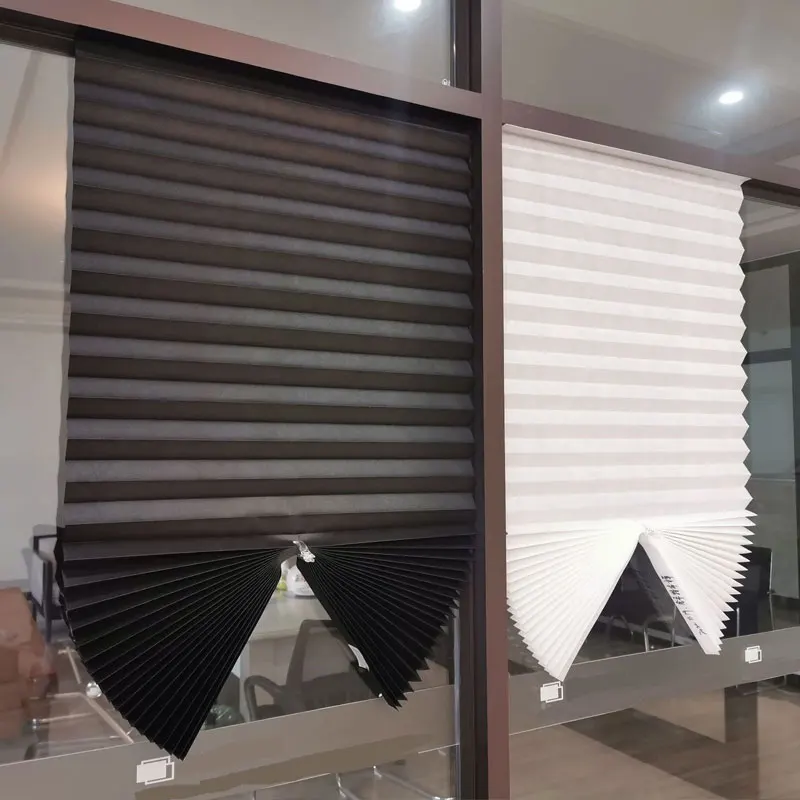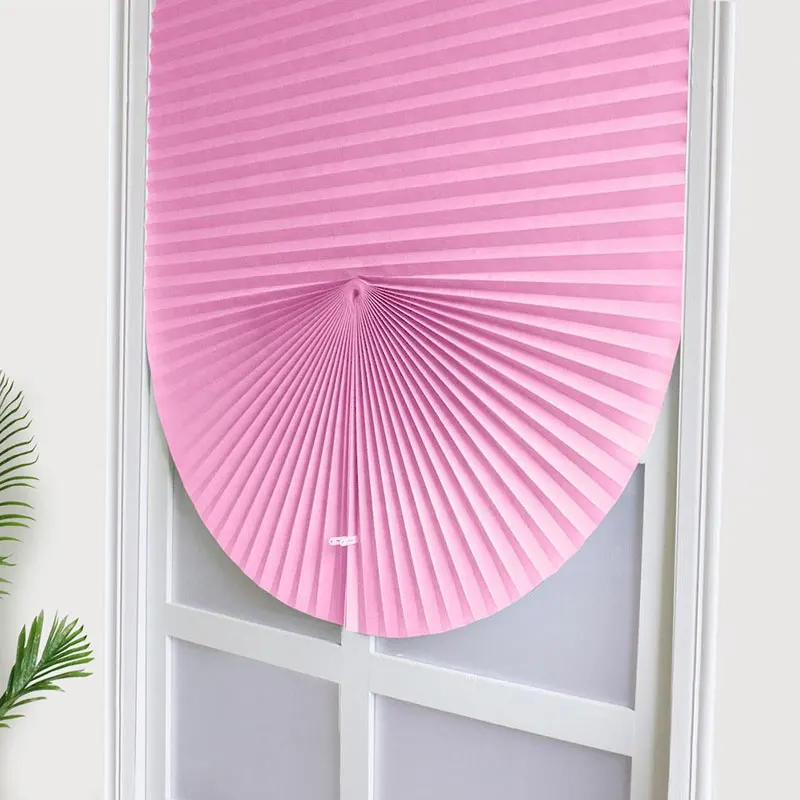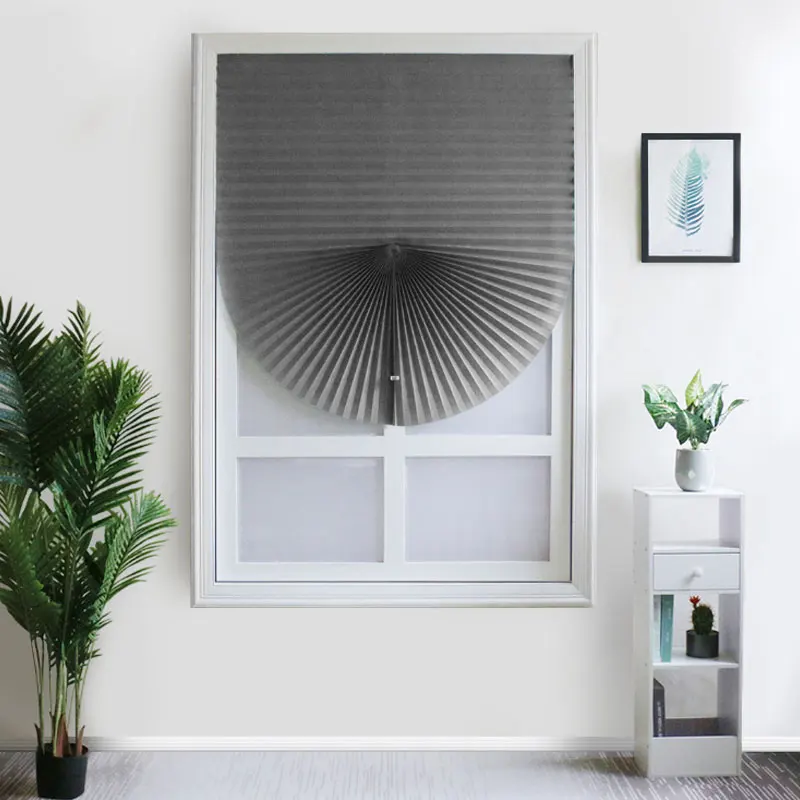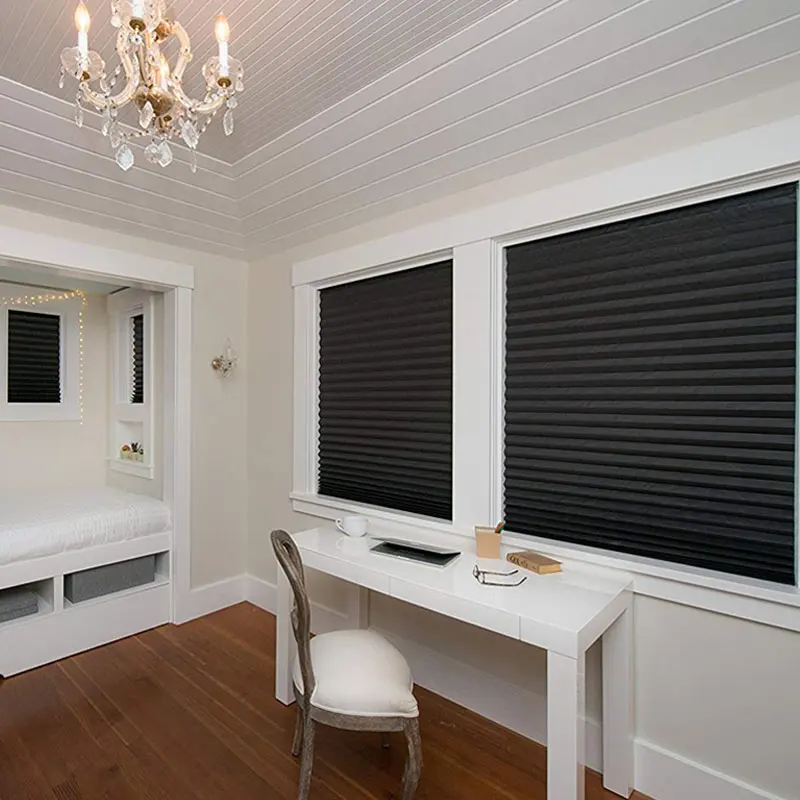Essential Tools and Materials for Installing Blinds
Before diving into the process of how to put up your blinds, it’s crucial to gather all the necessary tools and materials. Having everything at hand will streamline the installation process and help avoid any pauses for missing equipment. Here’s what you’ll need:
- Measuring Tape: Essential for taking precise window measurements before purchasing your blind.
- Pencil: To mark where you’ll be placing the mounting brackets.
- Level: Ensures your blind hang straight.
- Drill: You’ll use this to make holes for the mounting brackets.
- Screwdriver: For securing the brackets with screws.
- Wall Anchors: If you’re mounting into drywall without a stud, these are crucial.
- Screws: Appropriate size and length for your particular wall type.
- Blinds Kit: Contains the blinds, mounting brackets, and potentially some of the above tools.
Gather these items before starting to ensure a smooth installation. It’s better to be prepared than to realize you’re missing something halfway through how to put up blind. Pick quality tools that will last for future use and make sure all materials match the type and size of your window for best results.

Choosing the Right Blinds for Your Windows
Selecting the right blinds for your windows is a key first step. This choice can affect how well the blinds function and how they enhance your room. Consider the following factors:
- Privacy and Light Control: Decide if you want to block out light completely or allow some to filter through. Blackout blinds offer full privacy and darkness, while light-filtering options give a soft glow.
- Window Size and Shape: Measure your windows to get the right fit. Not all blind types work for every size and shape, so ensure the blinds you choose are suitable for your specific windows.
- Interior Style: The blinds should complement the colors and style of your room. From modern to classic, there are blinds to match every décor style.
- Maintenance Requirements: Consider how much effort you’re willing to put into cleaning. Some materials collect less dust and are easier to wipe down.
- Safety: If you have children or pets, look for cordless blind options to prevent accidents.
- Budget: Set a budget before shopping. This will help narrow down your choices without compromising on quality.
Take the time to evaluate these aspects before deciding how to put up blinds. It pays off to choose wisely for both function and aesthetics.
Pre-Installation: Measuring Your Windows Accurately
Before you learn how to put up blinds, precise measurement is key. Improperly sized blind can look off and function poorly. Here’s a step-by-step guide to measuring your windows accurately.
- Take Width Measurements: Measure the width of your window frame from the top, middle, and bottom. Record the narrowest measurement; this is critical for a snug fit.
- Measure the Height: Similar to width, measure the height at three points: left, middle, and right. Use the longest measurement to ensure full coverage.
- Consider Mounting Style: Decide if you will mount the blinds inside the window frame or outside. This affects the size of blinds you’ll need.
- Check for Obstructions: Look for window handles or latches that might get in the way of your blind.
- Confirm Multiple Times: Double-check your measurements. Accuracy now can save you time and money later.
Accurate measurements are essential for when you put up blinds. They ensure a perfect fit and seamless look for your windows.
Attaching the Mounting Brackets
Once you have your tools, materials, and correct measurements, you’re ready to attach the mounting brackets for how to put up blinds. Following these steps will ensure a secure and stable installation of your new blinds.
- Mark the Spot: Use the pencil to mark where you will place the brackets. Make sure these marks align with your measurements and are level.
- Drill Pilot Holes: Position the drill on your pencil marks and drill pilot holes. These holes should be smaller than the screws to provide a tight fit.
- Install the Brackets: Align the brackets with the pilot holes. Use the screwdriver and the provided screws to attach the brackets securely to the wall or window frame.
- Double-Check Level: Use the level again to ensure that the brackets are perfectly horizontal. An uneven set-up can cause issues later on.
- Prevent Slipping: If you’re installing on drywall and not into a stud, use wall anchors. They will help to prevent the screws from slipping out over time.
Follow these steps carefully when you’re learning how to put up blind. Proper bracket installation is crucial for the blinds to function correctly and look their best.

Inserting and Securing the Blinds in the Brackets
Once your mounting brackets are in place, it’s time to insert and secure the blinds. Take it step by step, and follow these instructions for a successful installation:
- Check the Headrail: Ensure the headrail of your blind is free from damage. A smooth headrail will slot in easily.
- Insert the Blinds: Gently lift the blind and hook the headrail into the brackets. Some blinds click into place, while others may require a slight push.
- Secure the Blinds: Depending on your specific blinds, you may need to close a cover or snap a latch on the bracket to secure the headrail. Listen for a clicking sound to confirm that it’s locked in.
- Install Safety Features: If your blind have any safety devices, like cord tensioners, install them now. Follow the manufacturer’s instructions to ensure they are properly positioned.
- Double-Check Stability: Gently tug on the blinds to make sure they are firmly in place. Blind should not move or make noise when correctly secured.
By carefully inserting and securing the blind, you’ll ensure they’re set for smooth operation. Simple steps done right can make a big difference in how to put up blinds and their performance over time.
Adjusting and Testing Your Blinds
After you know how to put up blinds and secure them, adjusting and testing is crucial. This final step ensures that the blinds operate smoothly and look great. Follow these simple steps:
- Test the Mechanism: Gently pull the cord or twist the wand to test the blinds’ raising and lowering function. Make sure they move evenly and without resistance.
- Adjust the Slats: If you have horizontal blinds, tilt the slats to various angles. Check that they can open and close fully without sticking.
- Examine for Gaps: Look for gaps between the slats or along the sides. If you see any, adjust the fit or tension accordingly to ensure proper coverage.
- Trim if Necessary: For some types of blind, you may need to trim the bottom slats for length. Only do this if they hang too low and impede on walking space or furniture.
- Secure Loose Parts: If any parts wiggle or seem loose, tighten them. Ensure all components are firmly attached so the blinds stay stable.
- Check Safety Devices: Verify that all safety devices are installed correctly. They must function as intended to protect children and pets.
By taking the time to adjust and test your blind after installation, you guarantee their proper function and longevity. Regular checks help keep your blinds in prime condition for years to come. With these steps, you can enjoy the shade and privacy your new blind provide.

Tips for Maintaining and Cleaning Your Blinds
Once you know how to put up blinds, it’s important to keep them clean and well-maintained. This extends their lifespan and keeps them looking their best. Here are some tips to achieve this:
- Dust Regularly: Use a soft cloth or a duster to gently wipe away dust. Do this weekly to prevent buildup.
- Vacuum: If your blind collect more dust, use a vacuum with a brush attachment. It’s a gentle and effective way to clean.
- Spot Cleaning: For stains, use a damp cloth with mild soap. Test on a small area first to avoid damage.
- Avoid Harsh Chemicals: Harsh cleaners can discolor or damage your blinds. Stick to mild soap or specialized blind cleaners.
- Dry Properly: After cleaning, make sure to dry your blind completely. This prevents mold and keep them working smoothly.
- Regular Checks: Inspect the blind for any signs of wear or damage. Address issues promptly to avoid bigger problems.
- Easy Use: Handle your blinds gently when raising or lowering them. This avoids unnecessary stress on the mechanisms.
By following these simple steps, your blinds will stay clean and in good working condition. Regular maintenance is the key to long-lasting, beautiful blinds.








